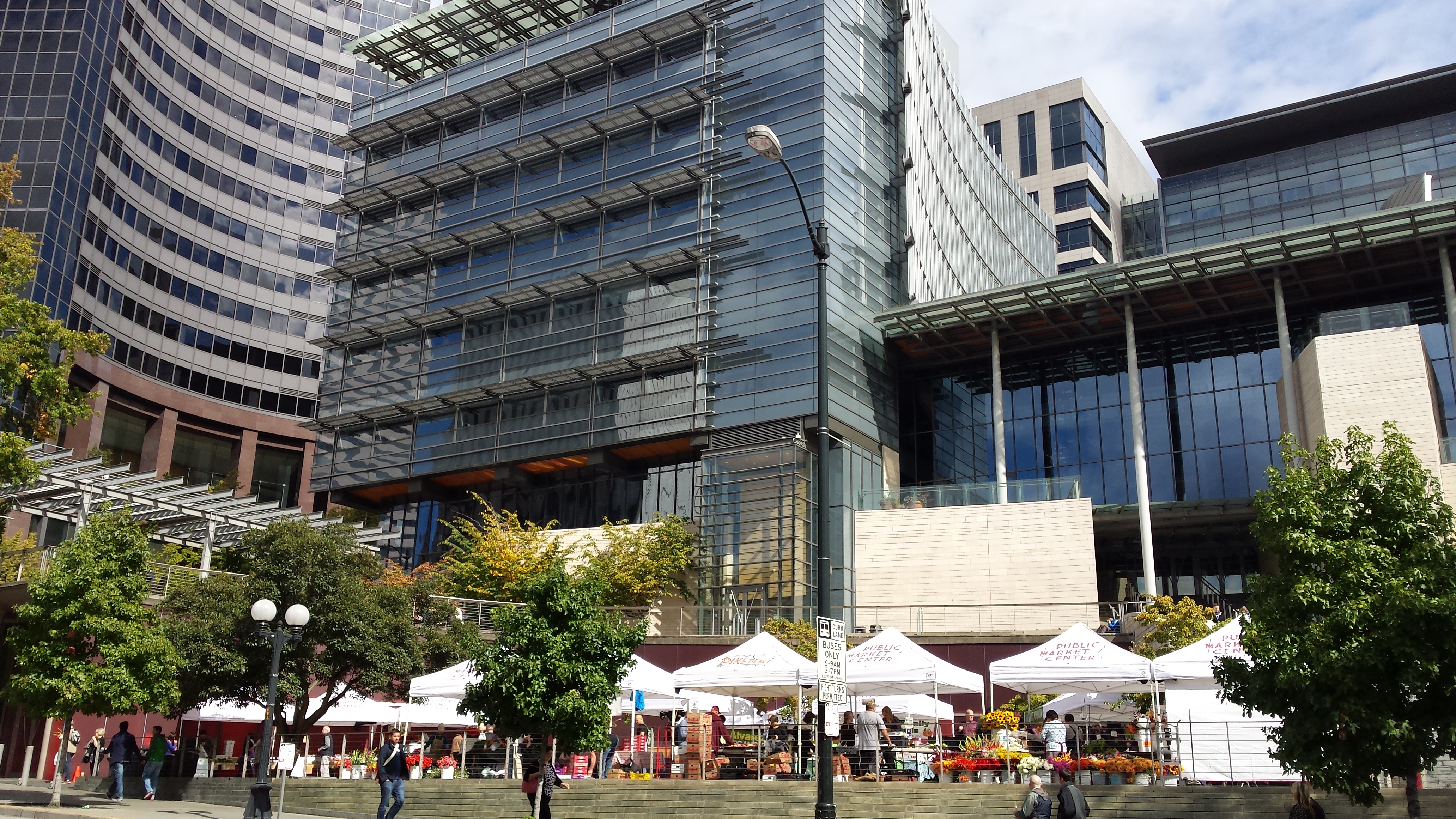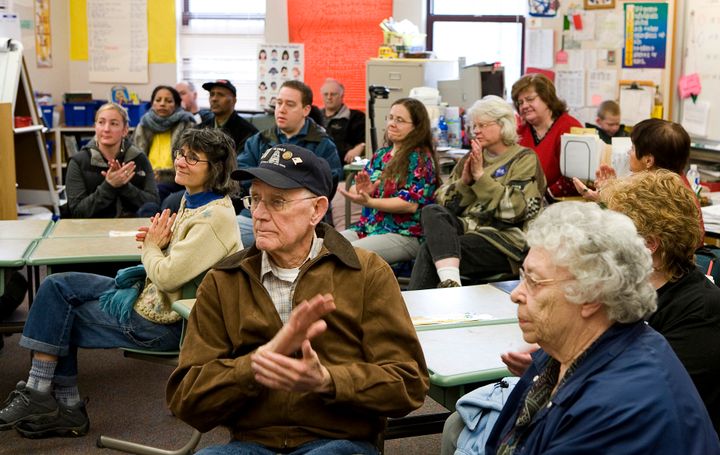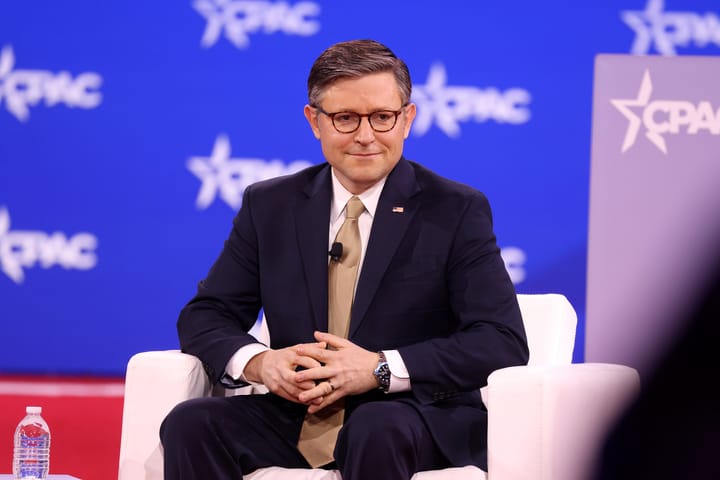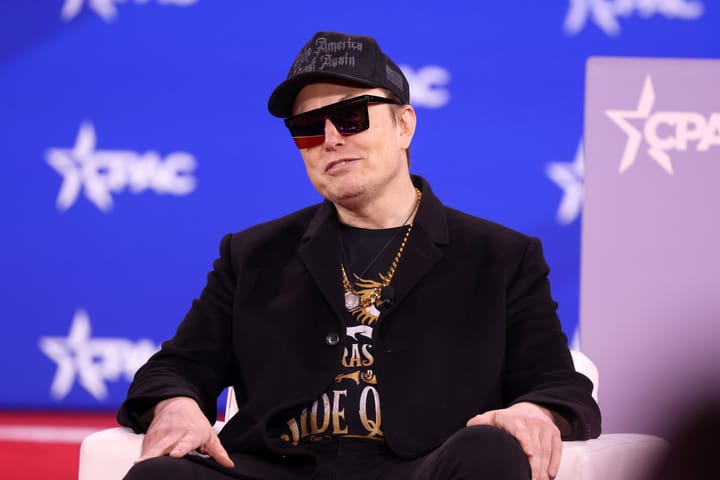Guest post by researcher Dr. Jen Heerwig, associate professor of Sociology at Stony Brook University
In the national elections of 2016, a meager 0.52 percent of the American population made a contribution over $200. Nevertheless, those donations over $200—quite a hefty sum for most citizens—constituted 68 percent of the funds received by federal candidates, parties, and PAC’s, according to the Center for Responsive Politics. Despite media attention to the role of small donors in American elections, most campaign cash still comes from large donors. And those wealthy enough to make donations in excess of $200 tend to be white, affluent, and far older than the American population at large. No surprise, then, that a recent book finds that that the preferences of ordinary Americans have virtually no impact on policy outcomes. Economic elites, however, seem to much more often get their way when it comes to policy—think healthcare, taxes, or ironically, campaign finance reform.
What, if anything, can be done to break the dependence of candidates on wealthy donors and restore democratic responsiveness? A new innovative public financing program implemented in Seattle, Washington, offers a possible path forward. Passed by ballot initiative in 2015, the Seattle Democracy Voucher program gives every voter in Seattle four $25 vouchers to spend on local candidates of their choice. By putting “democracy dollars” in the hands of ordinary Seattleites, the program is intended to bring more people into the campaign finance system and involve a more diverse slice of the voting population. It also has the potential to give average Seattleites—especially those without the surplus income to make a private donation—a voice in who can successfully run for local office.
In 2017, Seattle began the Democracy Voucher program with a partial implementation. In that election, voters could spend their vouchers on two city council races and the race for city attorney. In all, Seattle voters could choose between five city council candidates and one candidate for city attorney that qualified for the program.
Did the program meet its goals of bringing more people into the system? For comparison, local elections are routinely financed by a tiny share of the adult population—about 1.7 percent in 2017. That rate includes donors who made a contribution of any size. The participation rate in the Democracy Voucher Program was about 3.4 percent—twice the overall donor participation rate. There were over 20,000 unique democracy voucher users, compared to just 10,000 unique donors to any local candidate.
Besides bringing in more participants, the program was also intended to make those who use their vouchers more diverse than the donor population. Again, this is important because political donors tend to be much more affluent, older, and more likely to be white than voters at large. To evaluate this aspect of the program, I compared the sociodemographic characteristics of DVP users to all Seattle voters and to the much tinier donor pool. If Democracy Voucher users well approximate voters, then the program was also successful in diversifying who funds local elections.
Below, I show the income distribution of voters, Democracy Voucher users, and donors. Although there are still some gaps between voters and Democracy Voucher users, DVP users appear much more similar to voters than do cash donors. Take those folks in the exact middle of the income distribution—whose incomes fall between $50,000 and $74,999 per year.
Here, we see that about 31 percent of voters fall into this category, compared to 28 percent of cash donors. Middle-income Seattleites make up 33 percent of DVP users, an increase of 18 percent over cash donors. At the high end of the distribution, nearly 27 percent of cash donors had incomes over $100,000 per year, compared to just 17 percent of Democracy Voucher users—a 37 percent reduction in high-income donors and a significant step in the direction of bringing greater class representation to local races.
Another important dimension for representation is race. Here, too, we see evidence for the diversifying effects of the Democracy Voucher program, although more work remains to be done. Compared to cash donors, Democracy Voucher users contained a higher share of people of color, although the increase was just a quarter of the overall representation gap.
Finally, Democracy Voucher users were also younger, on average, than the population that makes cash contributions (although still older than the voter population at large). For the youngest residents, voucher users were more representative than cash donors, but still far shy of the share of young voters. For instance, just 7.5 percent of cash donors are between 18-29, compared to 19 percent of voters and 11 percent of voucher users.
Although gaps remain between Democracy Voucher users and Seattle voters, the Democracy Voucher program did move the donor pool in an egalitarian direction. In just one election cycle—and with just a partial implementation of the program—larger numbers of people of color, young, and especially, middle-income Seattleites funded their local elections.

In 2019, Seattle will expand the program to seven district city council races, offering residents far more opportunities to participate in the program. For Americans concerned about the state of our democracy, the Seattle program may be a viable path forward to achieving a more inclusive politics and one that reflects the concerns of all Americans.
Jen Heerwig is an assistant professor of sociology at SUNY-Stony Brook and a visiting scholar at the Russell Sage Foundation. More info: www.jenheerwig.com.
Thanks as well to Heath Brown, associate professor of public policy at the John Jay College of Criminal Justice, City University of New York, and Scholars Strategy Network’s New York City Chapter for facilitating this guest article.



